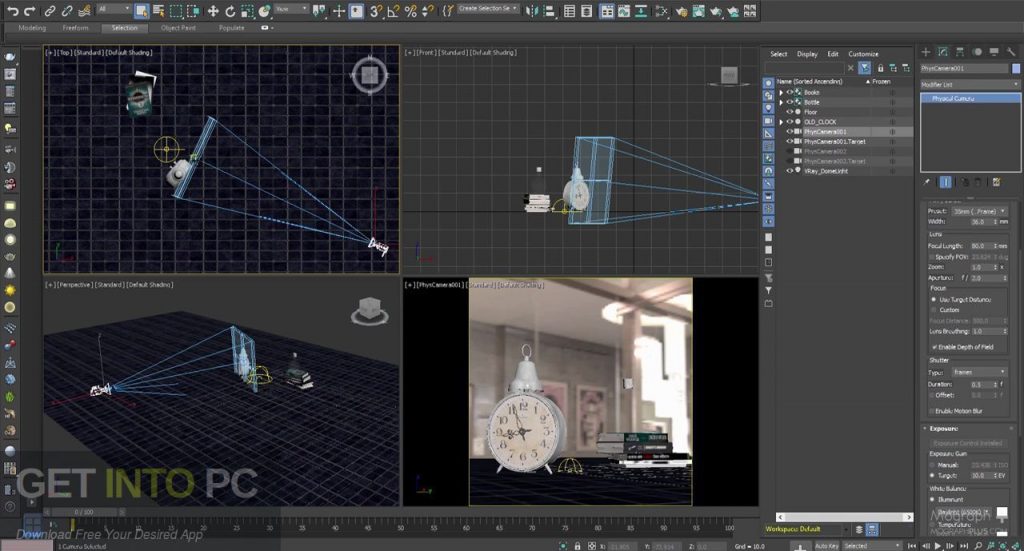
This model represents the way colored light can be mixed. The RGB model adjusts the mix of Red, Green, and Blue to define a color. Use higher positions to decrease the whiteness, or lower positions to increase the whiteness. To the right of the color spectrum box is the Whiteness box, which controls the amount of white in the color. Down the side of the box you see increasing levels of blackness, making the color dark as you approach the bottom. Across the top of this box you have the spectrum of pure colors, or hue. The main feature of the HBW model is a large square box displaying the color spectrum. This model represents a natural, pigment-based way of mixing color by starting with a pure color (hue) and then making it darker by adding black, or lighter by adding white. The most prominently displayed and intuitive color model is the HBW model. You can use the controls for any model to define a color. The dialog is divided into three different color selection models. In other contexts, the Color Selector is modal, and you must close the dialog before proceeding. In most contexts, the Color Selector is modeless that is, it remains on the screen until you dismiss it, and you can use other controls or work in a viewport while the dialog is still visible. (Another way to choose an object's viewport color is to use the predefined colors in the Object Color dialog.) You can use the Color Selector to specify various color parameters including light colors, material colors, background colors, and custom object colors.

Enhanced menu: Rendering menu > Environment and Effects > Environment and Exposure Settings > Environment and Effects dialog > Click color swatch for Background, Tint, and Ambient components of Global Lighting, and various components of atmospheric effects such as Fire, Fog, and so on.Standard menu: Rendering menu > Environment > Environment and Effects dialog > Click color swatch for Background, Tint, and Ambient components of Global Lighting, and various components of atmospheric effects such as Fire, Fog, and so on.> Modify panel > Intensity/Color/(Distribution/Attenuation) rollout > Click color or Filter Color swatch. Material Editor > Click any color swatch.> Object Color dialog > Add Custom Colors button or Current Color swatch. Any command panel > Name and Color fields > Click color swatch.You can work simultaneously with three different color models to help you zero in on the exact color you want.

The Color Selector dialog lets you specify a custom color parameter in 3ds Max.


 0 kommentar(er)
0 kommentar(er)
